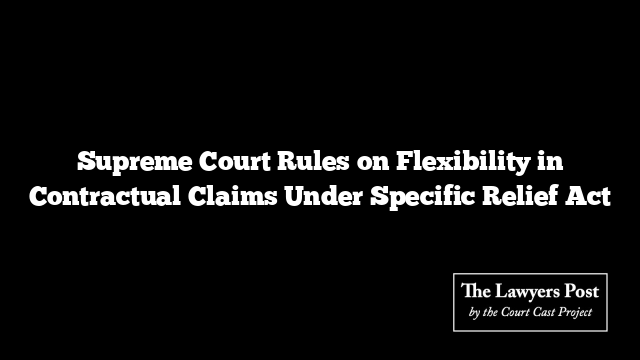In a pivotal judgment, the Supreme Court has outlined fundamental principles for courts to evaluate circumstantial evidence in criminal cases. This ruling, delivered while upholding a conviction in a harrowing rape-murder case, provides a meticulous framework for interpreting evidence reliant on inference.
The case involved the brutal rape and murder of a 9-year-old girl in Kerala in 2012. Convicted by a trial court and later affirmed by the High Court, the accused faced the death penalty. During the pendency of the appeal in the Supreme Court, the convict passed away in January 2024. His legal heirs pursued the appeal in an effort to clear his name, but the Court ultimately dismissed it, underscoring an unbroken chain of circumstances pointing unequivocally to guilt.
Key Principles on Circumstantial Evidence
The Court emphasized these critical guidelines:
- Holistic Testimony Evaluation: The testimony of every witness, whether for the prosecution or defense, must be thoroughly analyzed to ensure all material aspects are accounted for.
- Inference from Evidence: Circumstantial evidence requires logical inferences to connect facts. These inferences must be clearly articulated in judgments.
- Unbroken Chain of Evidence: Each link in the chain of circumstantial evidence must independently hold up and collectively lead to a conclusion of guilt, excluding any alternative hypothesis.
- Comprehensive Judgments: Decisions must detail the reasoning behind accepting or rejecting evidence, demonstrating a logical path from evidence to conclusion.
- Exclusion of Alternative Theories: Findings of guilt must result from a careful evaluation that excludes any other reasonable explanation.
The Compelling Chain of Evidence
The Court detailed the compelling evidence against the accused, including:
- The victim was last seen with the accused’s daughter but never arrived at the madrassa they attended together.
- Suspicious behavior by the accused during repeated searches of his home, leading to the eventual discovery of the victim’s body concealed in his bathroom.
- Forensic evidence, including DNA analysis, linking the accused to the crime.
A Case of Tragic Certainty
Despite the convict’s death rendering the execution of the death sentence moot, the judgment reaffirms the critical importance of an evidence-based approach in ensuring justice. The Supreme Court’s clarity on circumstantial evidence provides a vital reference for future cases, ensuring that every thread of inference is examined with precision and care.





